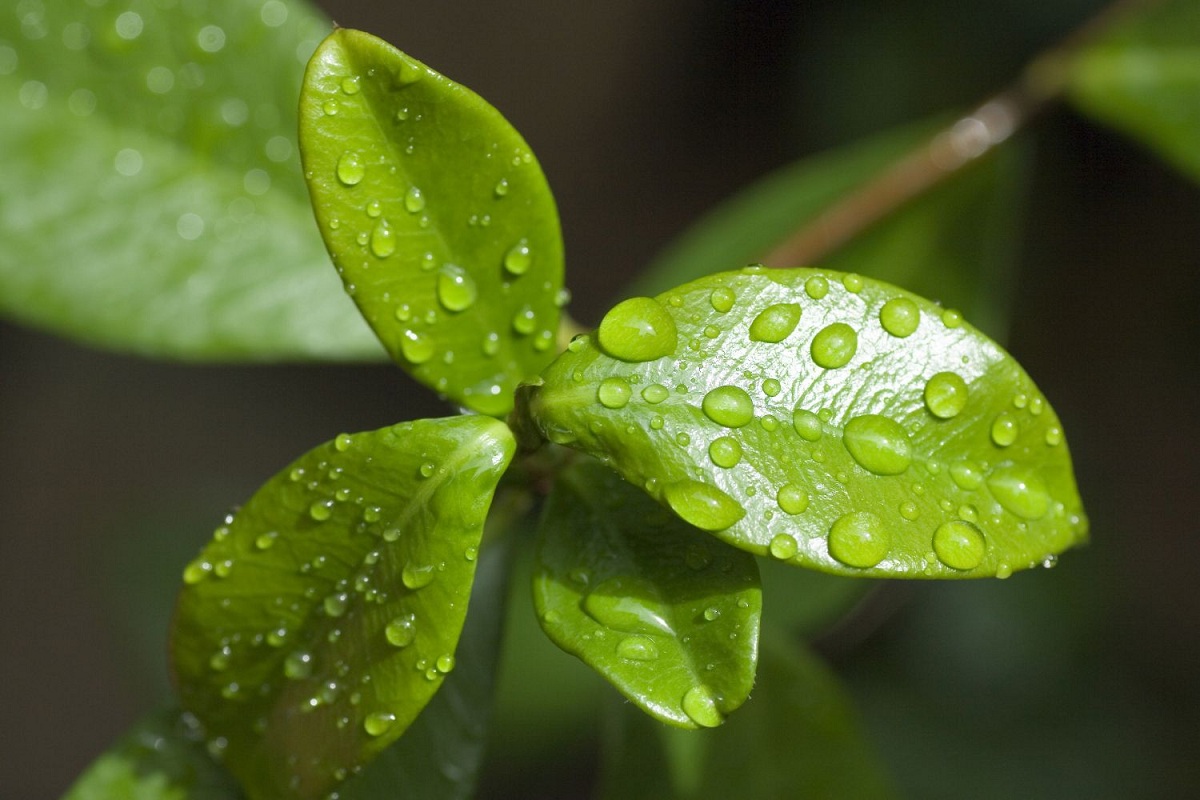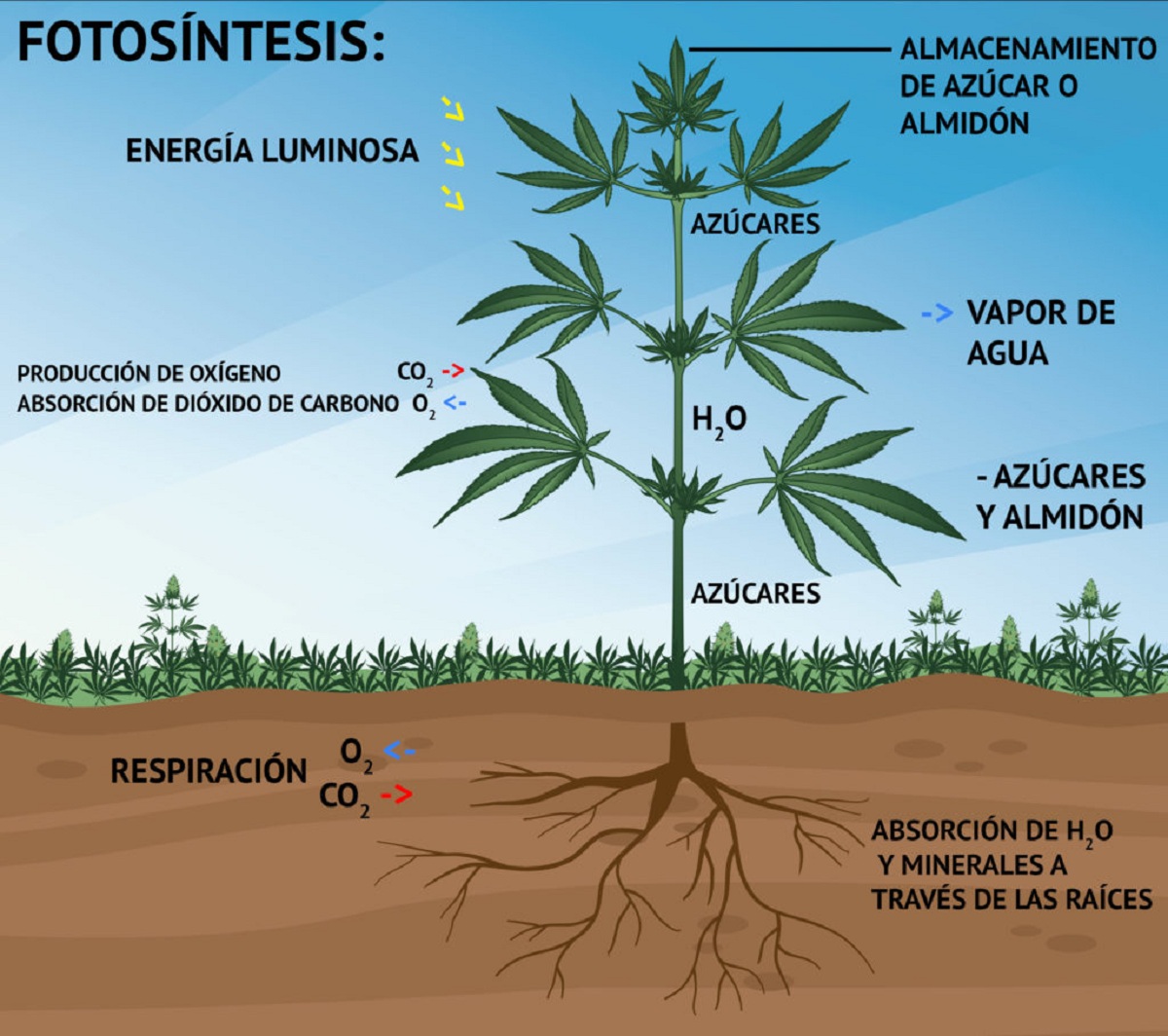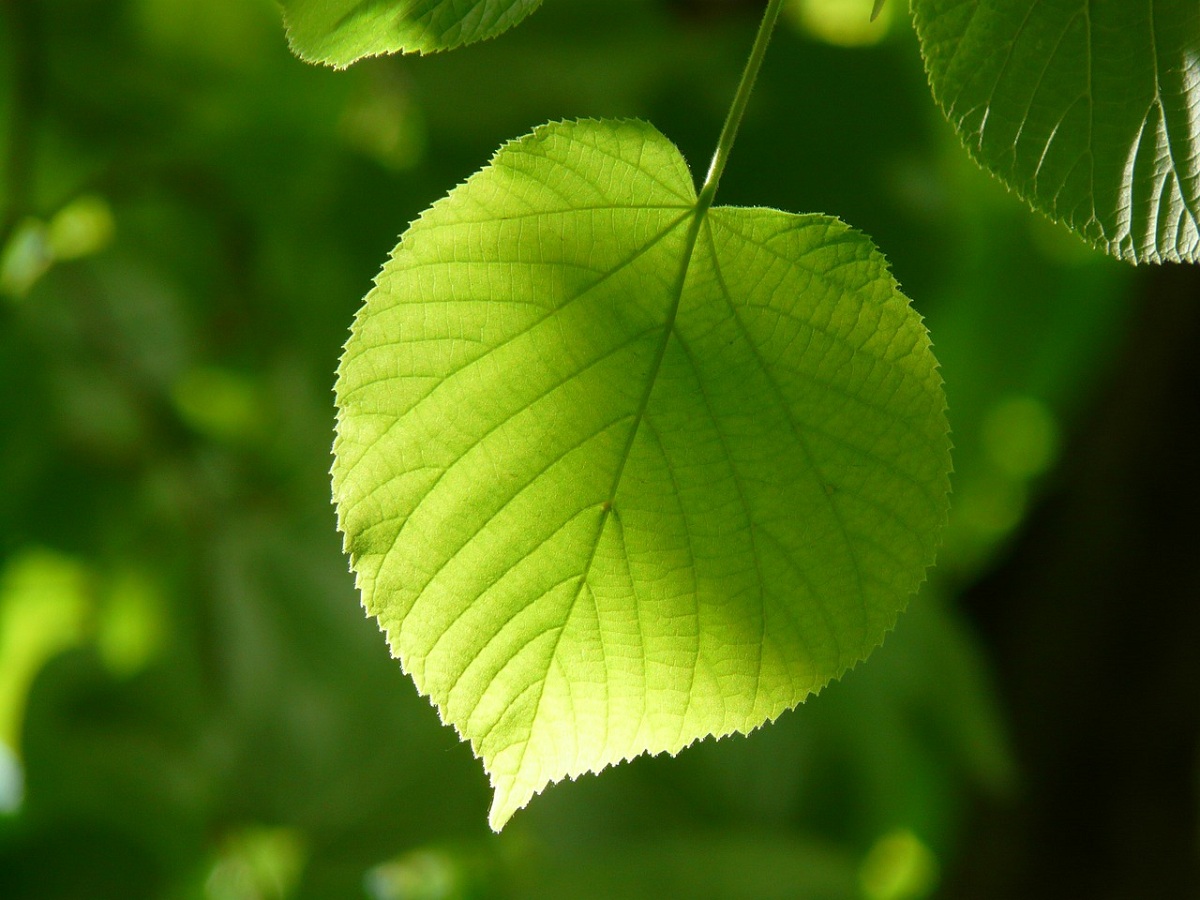
La photosynthesis it is a chemical process necessary for life on our planet as we know it. This is the way plants still go to form carbon dioxide in the air into oxygen. It is thanks to this oxygen that all terrestrial living beings can inhabit planet earth.
In this article we are going to tell you what photosynthesis is, what are its characteristics and importance.
What is photosynthesis

Current deforestation has led to less and less carbon sequestration and more greenhouse gas emissions, leading to warming of the atmosphere and more extreme climate change. In climate change scenarios, the importance of photosynthesis increases.
It is one of the most important biochemical mechanisms on earth because it involves the production of organic nutrients that store the light energy of the sun in different useful molecules (carbohydrates). For this reason, its name comes from the Greek word photo, "light" and "compound", "combination." Synthesized organic molecules can be used as a source of chemical energy to support important processes such as cellular respiration and metabolism.
In order for plants to carry out photosynthesis, the presence of chlorophyll is necessary, chlorophyll is a pigment that is sensitive to sunlight and is a pigment that gives plants a unique green color. This type of pigment exists in chloroplasts, which are typical cellular structures of various sizes in plant cells.
Types of photosynthesis

Aquatic and terrestrial plants can photosynthesize, but other plant species such as ferns, algae, and some free-living bacteria can also photosynthesize. To do this, they have two forms:
- Oxygenic photosynthesis, It produces useful sugars for plants, consumes carbon dioxide (CO2) and produces a by-product of oxygen (O2). This type is essential for breathing because it is the opposite of gas exchange.
- Anoxygenic Photosynthesis, a type of photosynthesis that does not produce oxygen (O2), but uses sunlight to break down hydrogen sulfide (H2S) molecules. In this way, it releases sulfur into the environment or accumulates it in bacteria that can transport sulfur.
The gas exchange that occurs during photosynthesis is vital for ecosystems and life. This is because it allows the production and circulation of organic matter and the fixation of inorganic matter.
Benefits of plants for the planet

Photosynthesis is the neuralgia process of life on earth. Due to light, plants capture carbon dioxide (CO2) and release oxygen during the day. At night, the situation is opposite, they capture oxygen and release carbon dioxide. This process promotes life on earth by providing us with the oxygen we need to breathe.
- They maintain the balance of atmospheric gases. Due to photosynthesis, the oxygen consumed in respiration and combustion can be replaced. In this way, the increase in carbon dioxide is avoided.
- They are the food base of many organisms. The life cycle begins with plants because they are the source of food for living things (in some way) and the biodiversity that inhabits the earth.
- They have medicinal properties: Since ancient times, many medicines we use have been derived directly from plants. Many chemicals have been extracted from it and used in the production of various drugs.
- They are used as building materials. Wood or bamboo are some examples. They can also be used to generate energy through combustion or to make materials such as paper.
- Protect the soil. The decomposition of organic matter (mainly plants) allows the soil to obtain the necessary nutrients for agriculture.
Animals and photosynthesis
We all know that photosynthesis is a process related to plants, which distinguishes them from animals. However, there are closely related animals capable of this process.
An example of this is Elysia Chlorotica, commonly known as the emerald slug. It is one of the strangest animals in the world and habitually inhabits North America, especially on the Atlantic coast. The emerald slug is leaf-shaped and deep green, which contrasts sharply with its white or reddish spots. It is very similar to the leaves of any plant, which makes camouflage its best weapon, almost imperceptible to the eyes of its predators.
However, the characteristic of this animal is its photosynthesis capacity. Emerald slugs feed on yellow algae, extract chloroplasts from them and integrate them into digestive cells. This gives it the ability to absorb sunlight like a plant throughout the growth process. This process is called kleptoplasty and it can take 9 to 12 months.
Another animal species related to photosynthesis is coral. They do it thanks to the algae in the coral. While corals protect algae, they provide them with food, which in turn helps them calcify.
Future of planet Earth
Photosynthesis is established as a natural mechanism that can maintain the balance of our planet and the biodiversity it inhabits. To ensure the future of the planet, your lungs must be protected. If areas like the Amazon continue to be destroyed, climate change will worsen dramatically and endanger our survival.
Keeping our plants in good condition means contributing to the development of life. Our flora is responsible for maintaining the balance of atmospheric gases, but they are also the food base of many organisms. The life cycle begins with plants, everything we eat, be it animals or plants, has some connection with these creatures.
For millions of years, plants have been carrying out this process, which causes our atmosphere to fill with so much oxygen, thus forming the ozone layer. Without it, the sun's radiation could not create terrestrial life on our planet.
In addition, plants protect the quality of our soil. Therefore, deforestation is a major problem caused by the climate crisis to reduce the capacity of plants and trees to absorb carbon dioxide. If we cannot reverse this troublesome situation, climate change will eventually change the life of our ecosystem and make our planet uninhabitable.
I hope that with this information you can learn more about photosynthesis and its importance.